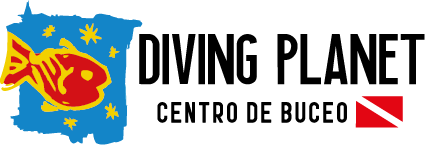PADI SPECIALTIES
BECOME A BETTER DIVER AND AN OCEAN ADVOCATE
Taking PADI specialty courses is not just about improving your dive skills—it’s about gaining deeper awareness, confidence, and purpose. Each specialty allows you to explore new aspects of the underwater world and build the knowledge that will help you contribute actively to regenerative tourism and marine conservation.
At Diving Planet, we help you become more than just a certified diver—you become an Eco-Diver, capable of diving with purpose, minimizing your impact, and supporting healthier reefs and ocean life.
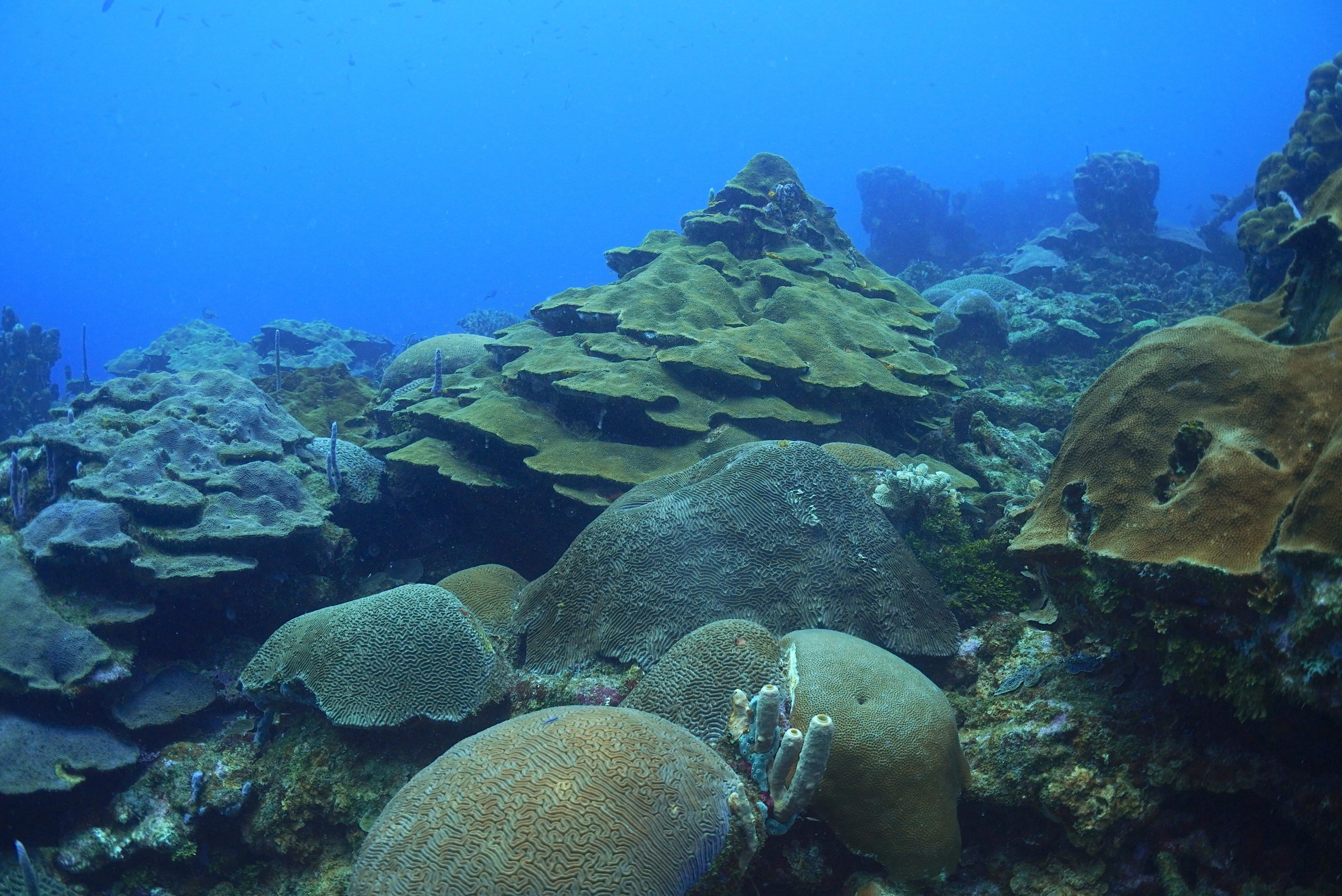
UNDERWATER NATURALIST
See familiar dive sites in a whole new way. By learning about marine ecology and the behavior of aquatic species, you’ll start spotting details that often go unnoticed.
Some of the many things you’ll learn:
-
Key differences between land and aquatic ecosystems
-
Main categories of marine organisms and their roles
-
How to observe and interact responsibly with marine life
Includes theory sessions and 2 open water dives.
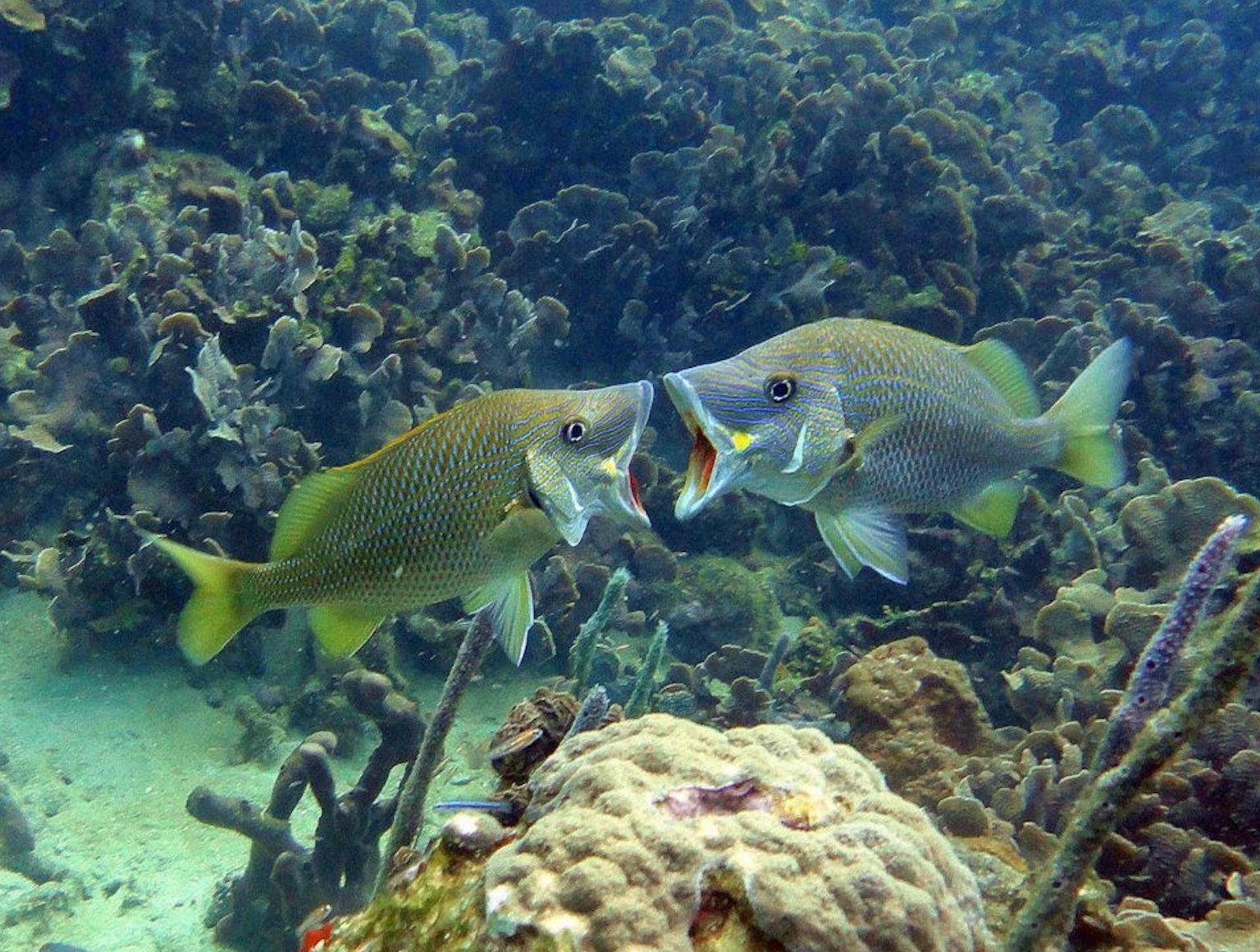
FISH IDENTIFICATION
“What fish was that?” If you often ask that after your dives, this specialty is for you. Identifying fish families and their behavior enhances your experience and gives you a deeper connection with the reef.
Some of the many things you’ll learn:
-
How to recognize fish families and their defining traits
-
Identification strategies and observation techniques
-
Fascinating facts about Caribbean marine species
Includes theory sessions and 2 open water dives.
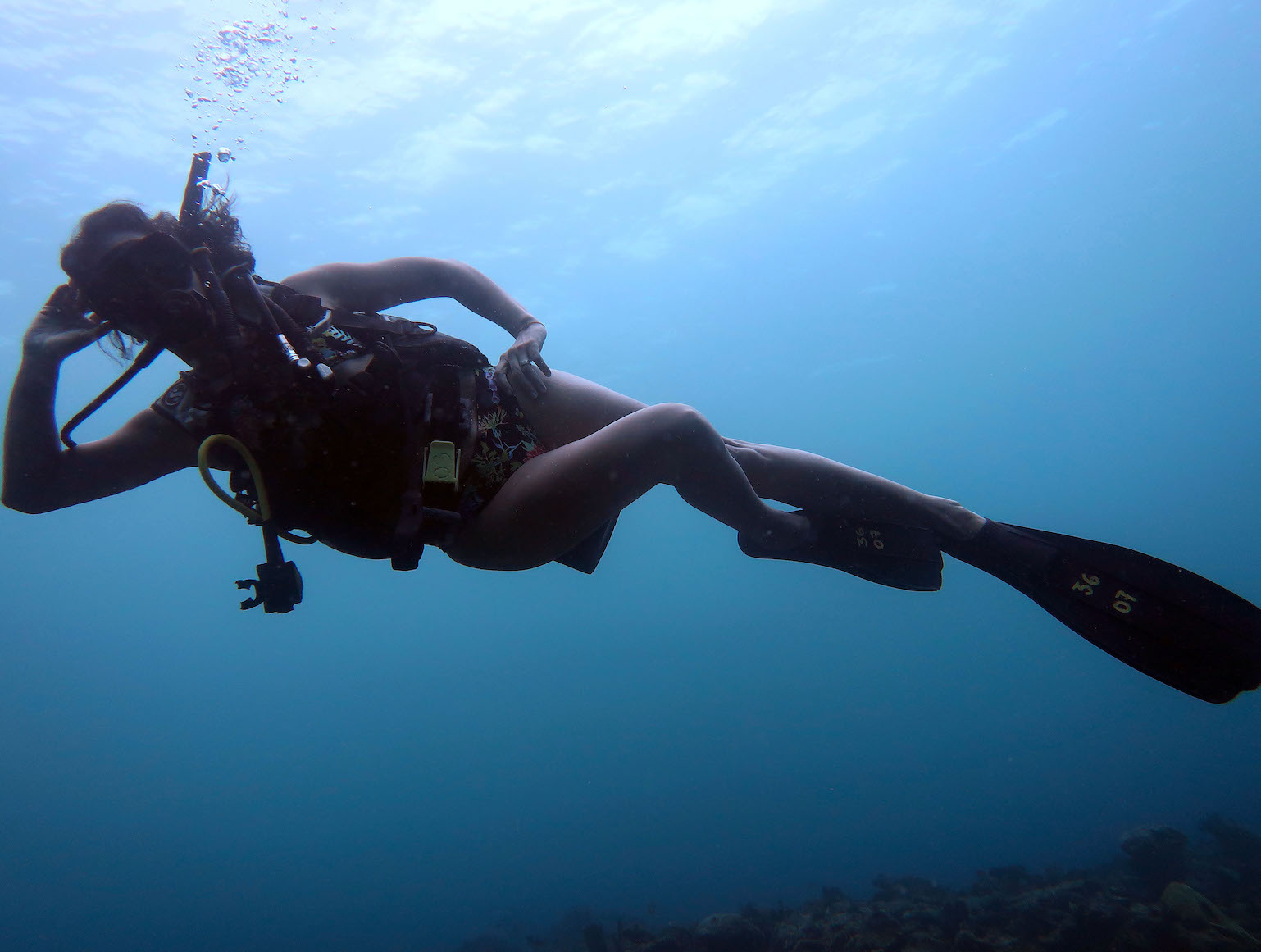
PEAK PERFORMANCE BUOYANCY
Want to move like your instructor—hovering weightlessly, using less air, and avoiding contact with the reef? This course improves your control, efficiency, and environmental awareness.
Some of the many things you’ll learn:
-
Fine-tune your weighting system
-
Improve body positioning and streamlining
-
Conserve energy and air while maintaining perfect buoyancy
Includes theory sessions and 2 open water dives.
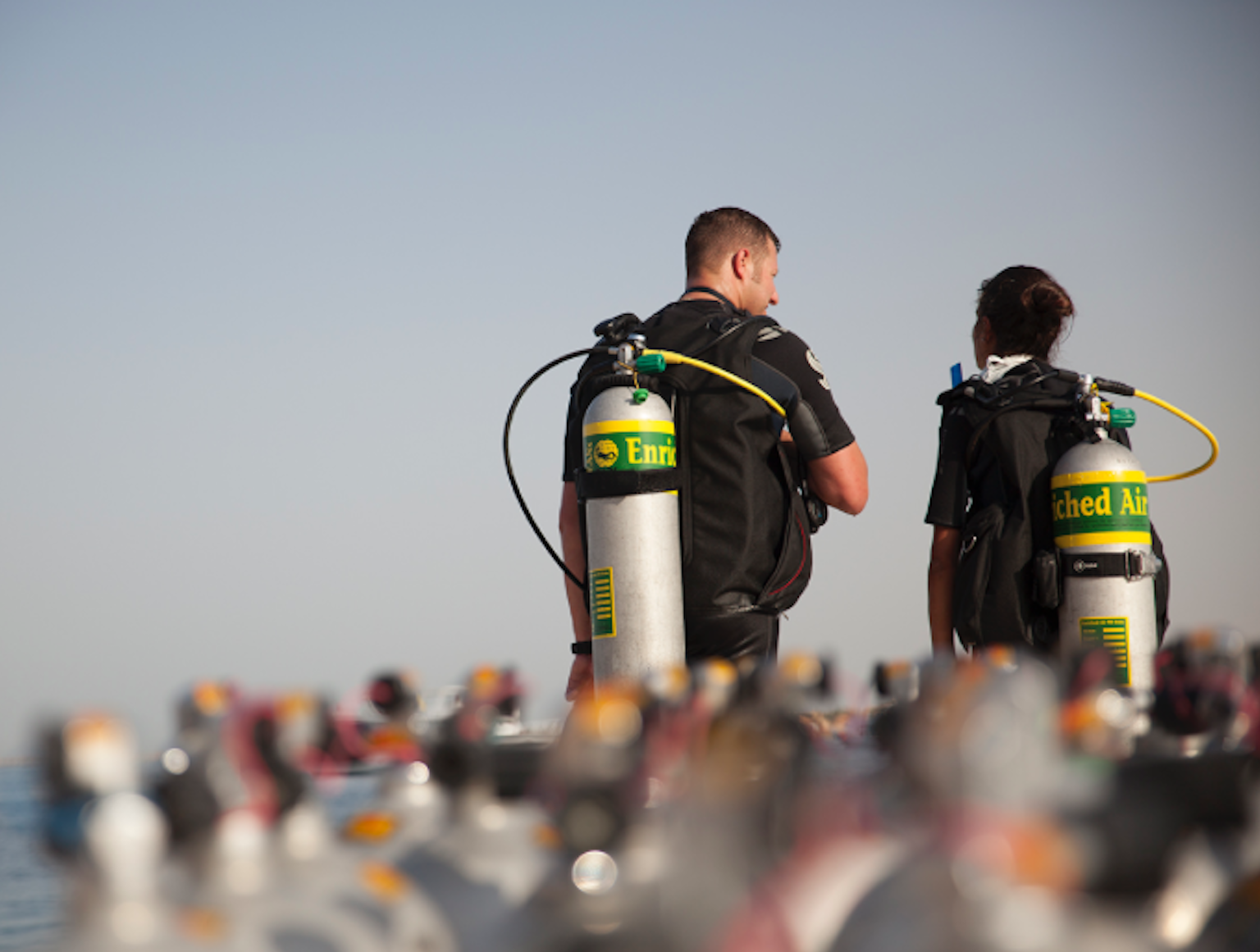
ENRICHED AIR (NITROX)
Nitrox (or EANx) contains less nitrogen than regular air, allowing you to extend bottom time and reduce surface intervals. This is PADI’s most popular specialty, and a must-have for dive travel.
Some of the many things you’ll learn:
-
Understanding and analyzing nitrox mixtures
-
How to plan dives with enriched air
-
Avoiding oxygen exposure risks and using dive computers effectively
Includes theory, no dives required.
